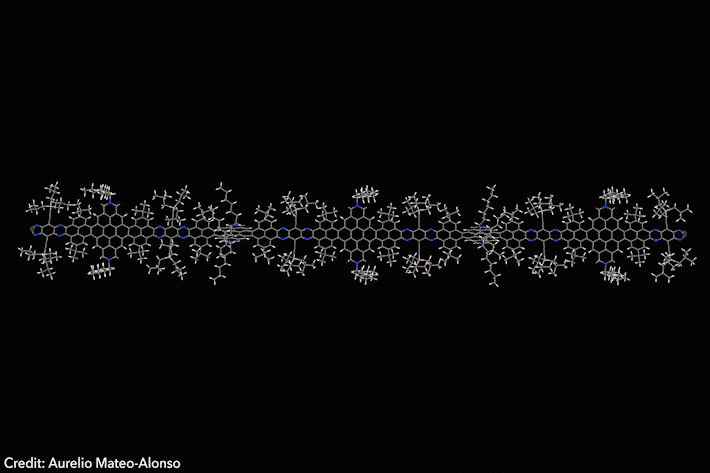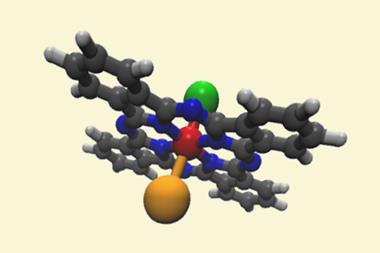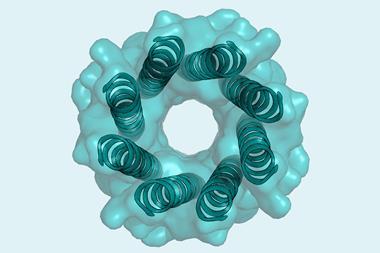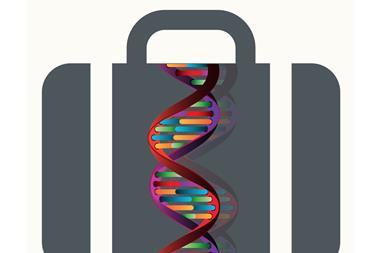DNA origami has been used to create various nano-sized structures over the years, but until now, most of them have been static. Those that move can usually only carry out a single, non-reversible motion, or move around in a way that is imprecise and difficult to control.
But now, Carlos Castro’s group at Ohio State University, US has engineered DNA ‘machines’ that can open and close like hinges, as well as perform more complicated movements in three dimensions. Their movement is precisely controlled by adding extra strands of DNA to the structures, which cause them to undergo conformational changes.
The team say the components they have made could be used to build DNA-based devices that could, for example, control chemical reactions, transport drug molecules or help build other nanoscale structures.























No comments yet